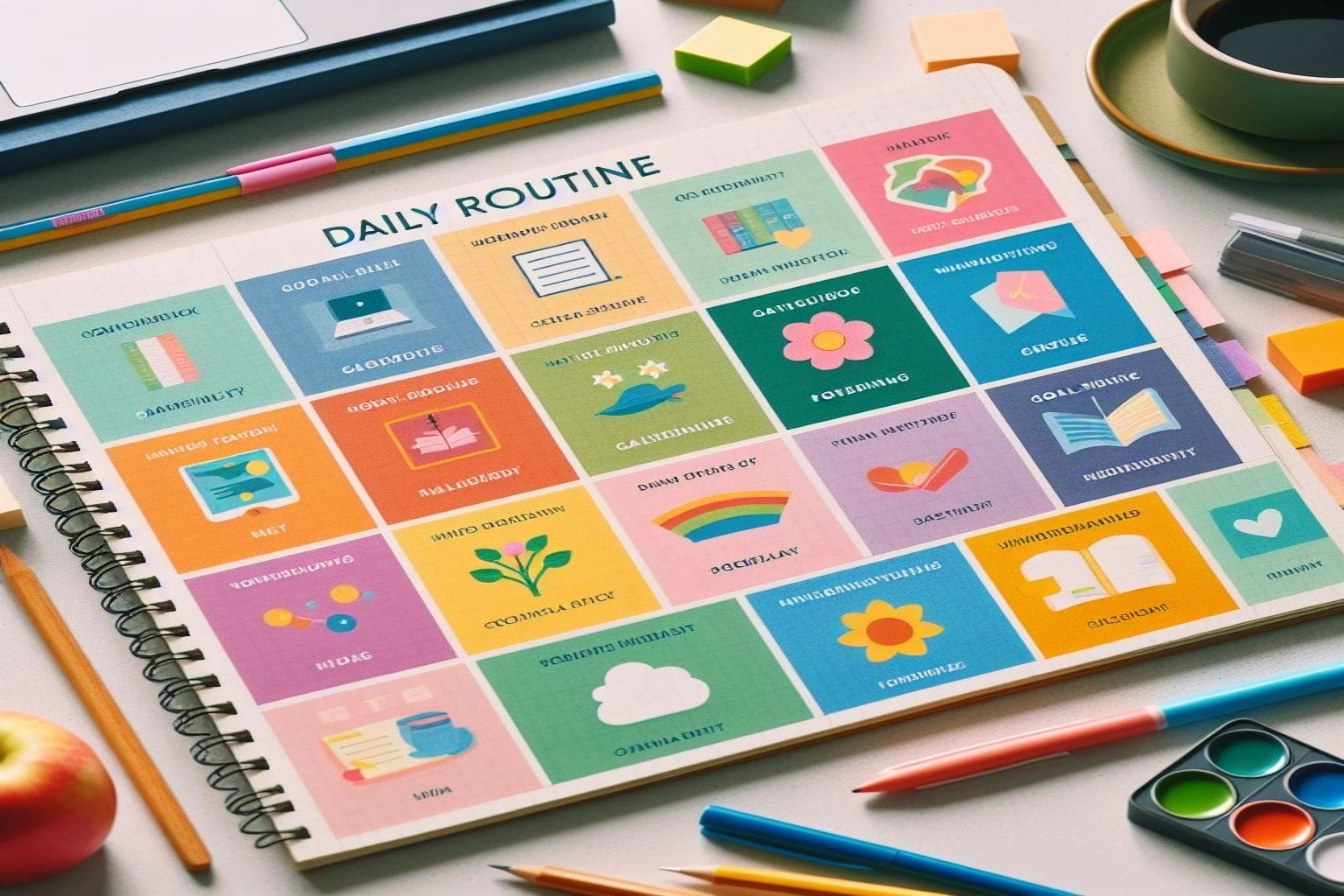
Who doesn’t love the rush of finding that perfect item you just have to have? The thrill of new purchases provides a potent quick fix for boredom, anxiety, loneliness and our general modern malaise.
No wonder retail therapy has become such a widely-embraced coping mechanism. According to a recent survey, a staggering 85% of Americans shop to lift their moods. But as with most quick fixes, the feel-good effects soon fade.
The shopping high gives way to feeling ashamed, stressed about inflated credit card statements, or overwhelmed by accumulated clutter. Compulsive over shopping also often hides much more serious underlying issues like depression, low self-esteem, perfectionism and unhealthy coping strategies for life’s difficulties.
What exact qualifying criteria denote a full-on shopping addiction? Experts characterize it as a chronic pattern of excessive buying that interferes with normal functioning and causes significant subjective distress. Sufferers feel powerless to control the spending urges despite the resulting negative consequences. Warning signs include:
- Frequently buying more items or spending more money than intended
- Feeling irresistibly driven to shop, or a total preoccupation with shopping
- Extensive time spent shopping, seeking deals online, or fantasizing about buying things
- Shopping as an escape or to relieve anxiety, depression, boredom, anger or loneliness
- Trying unsuccessfully to cut back on shopping and spending
- Lying to others about the extent of purchases
- Risking significant relationships, jobs or opportunities due to shopping
- Relying on credit cards or loans to fund buying binges
Confronting the Reality of Shopping Addiction Fallout
The first step in curbing any addiction involves honestly confronting the many ways it causes detriment and dysfunction. People who engage in retail therapy believe it enhances mood, reduces tension, and boosts self-esteem. But research reveals the reality often plays out opposite longer-term.
Compulsive shoppers frequently deal with substantial credit card debt and damaged credit scores. U.S. shopaholics carry an average debt load of $6,000 on cards other than those used for basic household necessities. And more than half (56%) report paying only minimum monthly balances, incurring crippling interest charges. Of those struggling with shopping addiction, 22% face bankruptcy at some point.
Excessive purchasing also commonly leads to domestic strife over financial issues. Nearly half of compulsive shoppers report others expressing concern to them over their shopping, usually a family member. Addiction fuels arguments over money matters in 90% of these cases. Sometimes severe enough to contribute to separation or divorce.
Additionally, relentless material pursuit crowds out aspects like relationships, personal growth opportunities or career advancement goals. Shopaholics invest extensive time browsing stores and websites in the hunt for mood boosts, at the cost of nurturing people and passions. Reduced savings from overspending also paints a bleaker retirement picture.
Compulsive shopping breeds guilt, shame and isolation. Half of shopaholics in one study hid their purchases from others to veil the extent of their addiction. The inexorable pressure to continually spend also takes a psychological toll in the forms of stress, anxiety and lowered self-esteem as financial issues multiply.
Identifying Your Personal Triggers for Destructive Shopping Habits
Transforming unhealthy patterns begins with understanding exactly why we engage in them. Many studies highlight the tendency for addictive shoppers to use purchasing as a coping mechanism for adverse emotions. Boredom proves the most commonly cited trigger, followed closely by anxiety/tension and depression.
Specific shopping triggers also usually tie back to underlying self-esteem issues or perceived personal flaws. Examples include excessive cosmetics buying to camouflage appearances of aging or weight gain. Outsized clothing budgets to obtain an impeccable model-que wardrobe. Lavish gifts for children to over compensate for time constraints and assuage guilt over being an absentee mom.
Take some time for introspection. Note down patterns connected to your shopping urges. Do they flare up during periods of stress at work? When going through relationship problems or other major life changes? Have your closest gadgets and latest fashion ensembles assumed an unhealthy priority over people? Root causes will become evident.
Retraining Thoughts and Shopping Habits
Once you identify the emotions that frequently precipitate excessive shopping, you can develop healthier strategies to fulfill underlying needs. But first, essential work lies in unhooking the mental linkage between buying and feeling good. Retraining thought patterns proves critical so you stop reflexively equating stuff with happiness.
Here are 5 tactics to diminish those old brain connections and establish new shopping habits:
1. Purge the excess. Do a deep review of closets, storage areas, bookshelves, garages. Get rid of what no longer fits your lifestyle or sparks joy. Tidying and organizing helps create space for more purposeful additions rather than indiscriminate accumulation.
2. Institute a mandatory waiting period for all discretionary purchases above $X amount – a day, a week or a month depending on your situation. Requiring delayed gratification bolsters self-discipline and allows initial excitements to fade.
3. Go cold turkey. Consider a 30-day spending hiatus excluding only true necessities like groceries and gas. Experience how it feels to break the addiction cycle of temporary pleasure followed by recurring emptiness that drives more acquiring.
4. Channel curious toddler internal energies. Incessantly ask “Why do I want/need this item?” to uncover deeper motivations. Delink emotional voids or boredom from stuff acquisition. Reconnect with activities that spark creativity and purpose.
5. Gamify savings goals. Open a separate savings account. Contribute the cash equivalent anytime you resist an unnecessary purchase urge. Watch balance achievements help shift buying compulsions to building future financial freedom.
Budgeting Strategies to Curb Overspending
Creating and actually sticking to a budget represents a foundational methodology for containing spending. But those struggling with serious shopping addiction often require additional mechanisms to control money leaks.
Savvy first moves like unsubscribing from all brand email lists and avoiding leisurely mall trips limit exposure to temptation triggers. But further progress necessitates confronting limiting beliefs about self-worth and money. Here are some supplementary budgeting guidelines particularly helpful for impulsive spenders:
– Withdraw predetermined amounts of cash each week/month for discretionary expenses versus depending entirely on debit or credit cards. The psychological pain of forking out physical money often proves enough to deter extravagances.
– Set up automatic bank account transfers on paydays to immediately channel funds into different buckets – long-term savings, retirement, kid college accounts, rainy day fund etc. Only leave minimal amounts accessible for free spending.
– Resist notions that pleasure coincides exclusively with acquiring stuff by building in non-shopping rewards. Allot budget for a monthly massage, tickets to a show, enrollment in an interesting class, outdoor adventure trip. Disconnect fulfilling life from materialism.
– Leverage smartphone notification features to receive alerts about account balance statuses or budget overages. Visual reminders deliver timely intervention before over drafting.
– Analyze detailed monthly expenditure statements. Look for waste enabling cutbacks. Pack lunch rather than daily deli trips. Brew coffee instead of visiting cafes. Identify things valued more than hastily purchased sale items that fail cost-per-use tests.
With consistent discipline and self-honesty, engrained over shopping habits can transform. Take pride in small wins. Celebrate diverted temptations and minor budgetary savings. Positive progress builds the assurance needed to avoid relapse. Soon enough overspending cravings metamorphose into fantasies about early retirement on a Caribbean beach.







